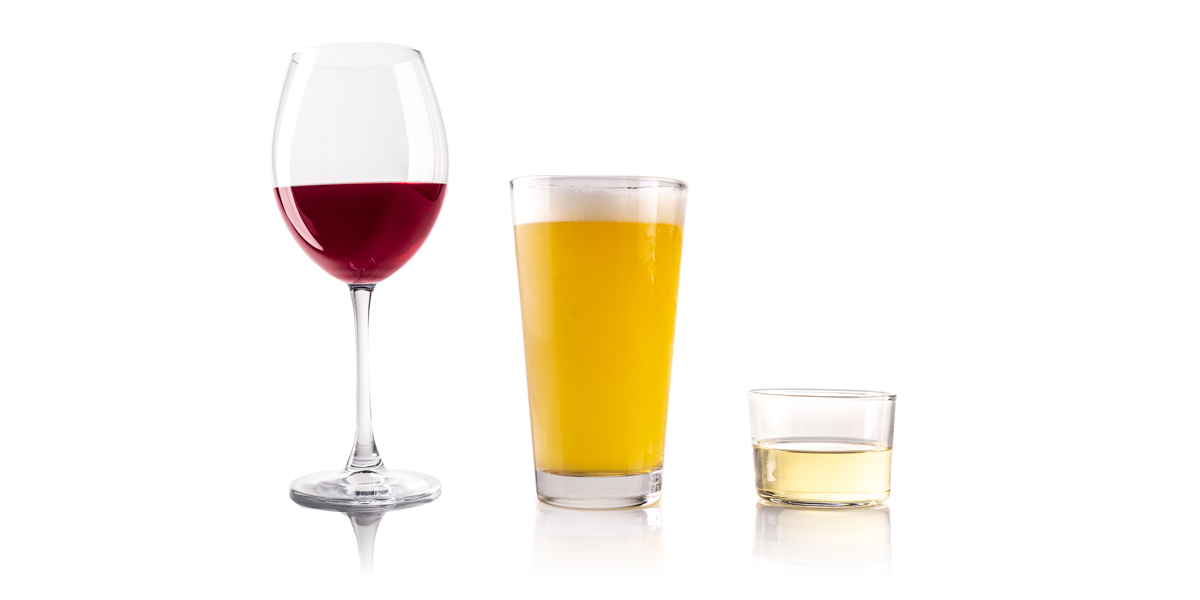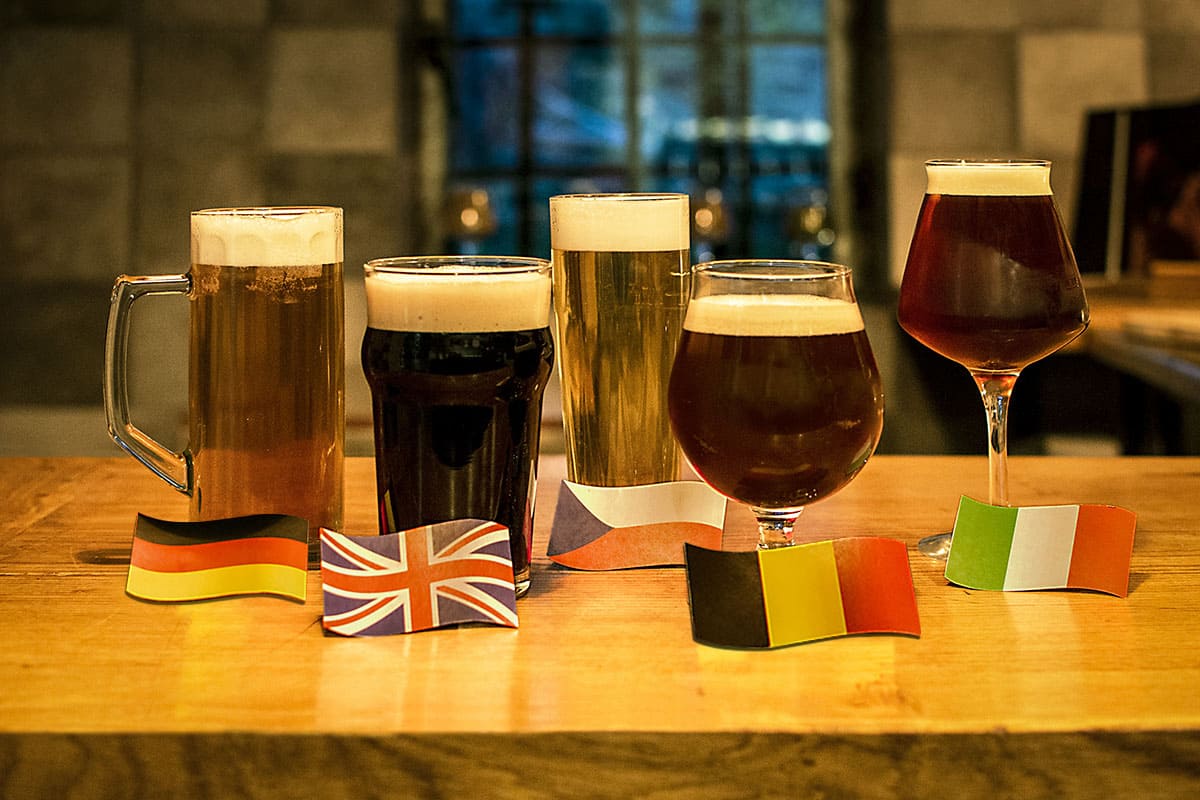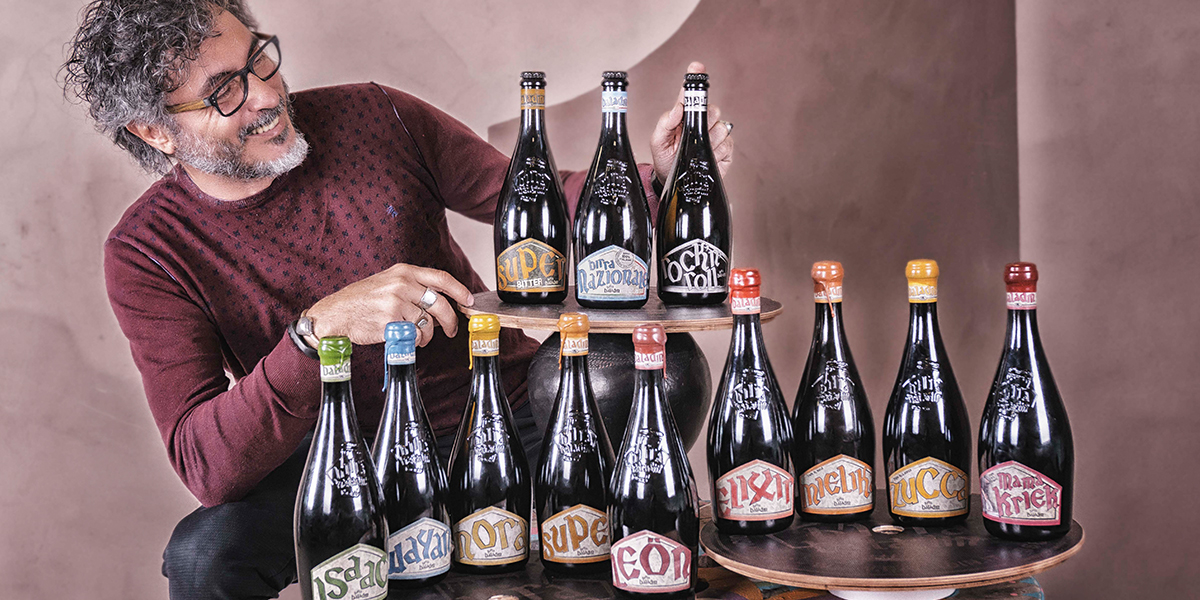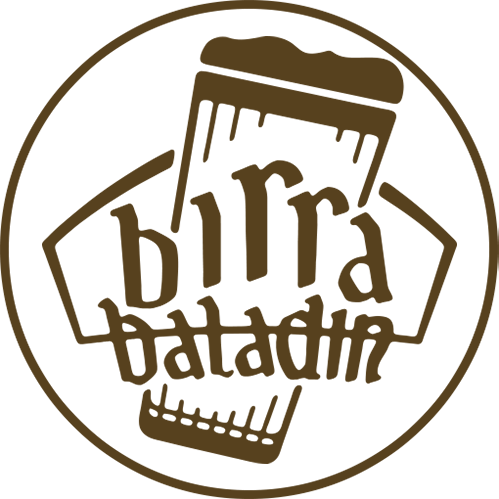Is Beer Really Fattening?

We might have been influenced by the image of Homer Simpson, who has been sitting on his couch for thirty years, a can of Duff in his hand and his beer belly peeking out. Whatever the reason, it is commonly believed that beer makes you fat.
A false belief possibly supported by the sense of bloating caused by carbonation - i.e. carbon dioxide - or maybe by the presence of malt (a carbohydrate) in our favorite drink.
It is actually quite easy to avoid feeling bloated. How? By serving beer impeccably. If poured correctly, the amount of head is just right and the excess carbon dioxide is eliminated.
But is beer really fattening?
To determine once and for all if Ceres’s drink really makes you fat, we need to look at the alcohol it contains, as this is the most caloric ingredient in beer. One gram of alcohol contains 7.1 calories. Quite a lot, considering that fats contain 9 per gram, and carbohydrates about 4. However, beer usually does not contain a lot of alcohol, and therefore has less calories and sugars than other drinks.
Comparing it to spirits and whisky, with their 238 calories per 100 grams, would be too easy. Without fear of contradiction, though, we can answer a fairly common question: which is more fattening: wine or beer? Wine, for sure. With its average 13% abv, it normally has 83 calories per 100 grams, while a 4.5% beer contains about 34 calories.
These are indicative values, as the alcohol content of beer can vary widely for each different beer style. Generally speaking, light colored beers are lighter and have less calories. German, bottom-fermented lagers, for instance. Belgian and British beers are usually richer in terms of taste and nutritional values. Two classic examples are Belgian ales and porters, but this is also true for dark and thick imperial stouts which, by the way, are among the least carbonated beers.
In brief, stating that beer is bloating is inaccurate. If we want to stay in shape, we shouldn’t be scared of the gas in beers, but rather be mindful of the alcohol content and the amount of residual sugar. So, the question is not whether beer is fattening, but “how fattening is this beer”?
Let’s clear things up
Think that a pint of pils equals a packet of crackers. A trappist beer, with its nice caramelized malts, has the same calories as a plate of pasta, and drinking a Barley wine is like eating one chocolate.
We are still talking about the alcoholic drink with the lowest alcohol content and the highest quantity of water (about 93%). With clear diuretic properties, beer contains potassium and mineral salts, which should not be overlooked. This depends on the water used for its production, which can vary significantly. Also, the low sugar content means that beer is less harmful for people who suffer - or one day may suffer - from diabetes.
However, it is true that drinking beer every day is fattening. When you drink alcohol, the body temporarily stops the metabolism of fats. Alcohol - identified as a harmful substance that should be eliminated - takes priority and this causes a temporary accumulation of fats. So: try not to combine fats and alcohol and beware of excesses.
We are not trying to say that beer helps to stay in shape, but it’s certainly not any worse than a pleasant snack or side dish. The best thing to do, if you want to enjoy it without regrets, is to know what you are drinking. It’s important to be aware of the calories that each beer contains, depending on its type, and learn how to integrate it in our daily habits, with the necessary caution.
We hope we have cleared all doubts. Too much beer is certainly not going to make you lose weight (it’s still alcohol, after all), but the image of a man from the north with a beer belly and a pint in his hand is nothing but an obsolete icon. A myth like Obelix, which puts a smile on your face.





